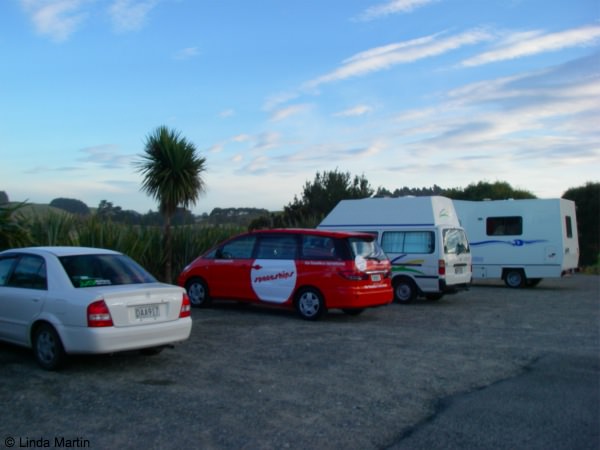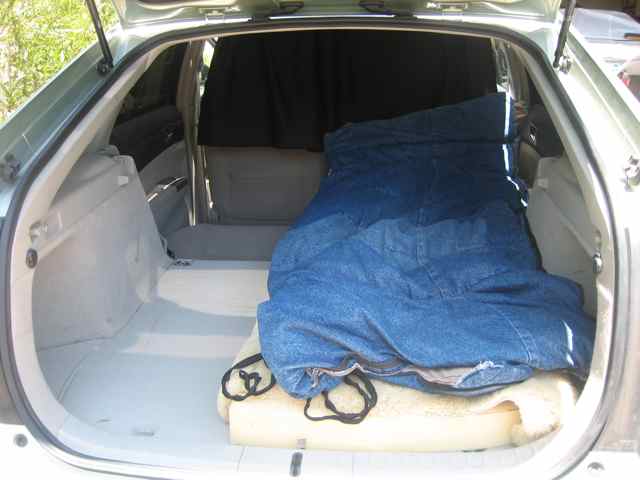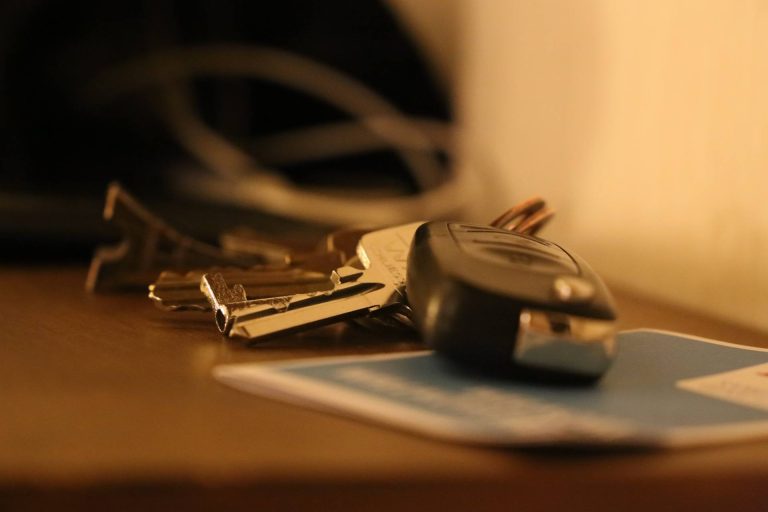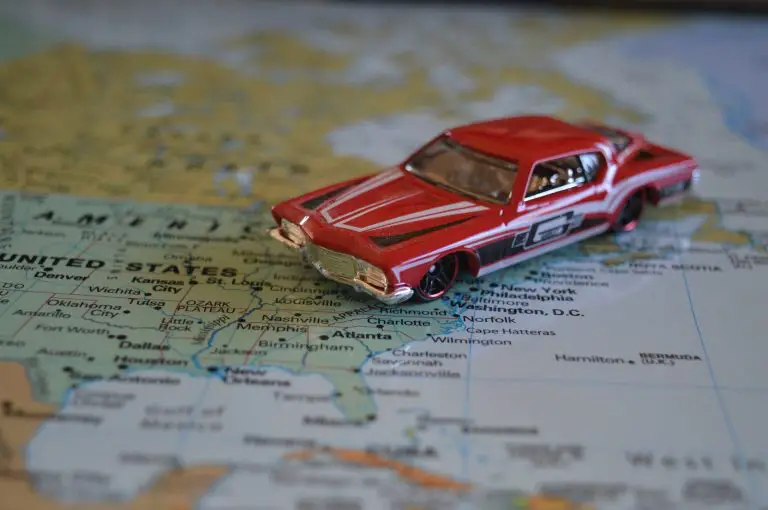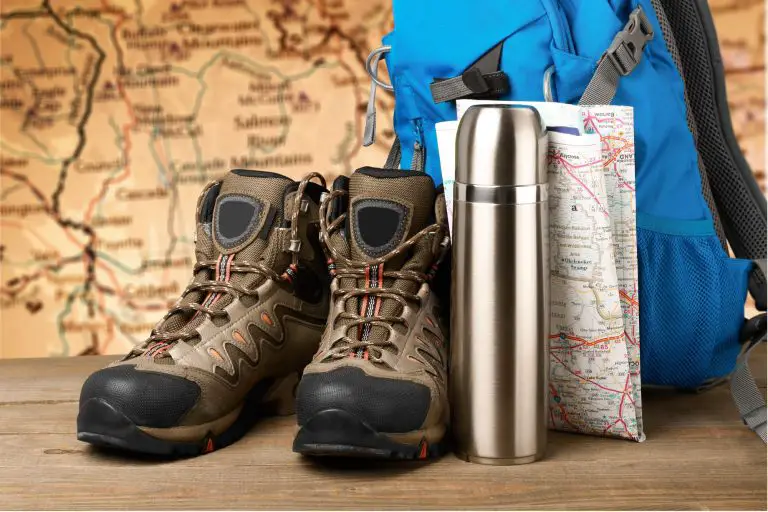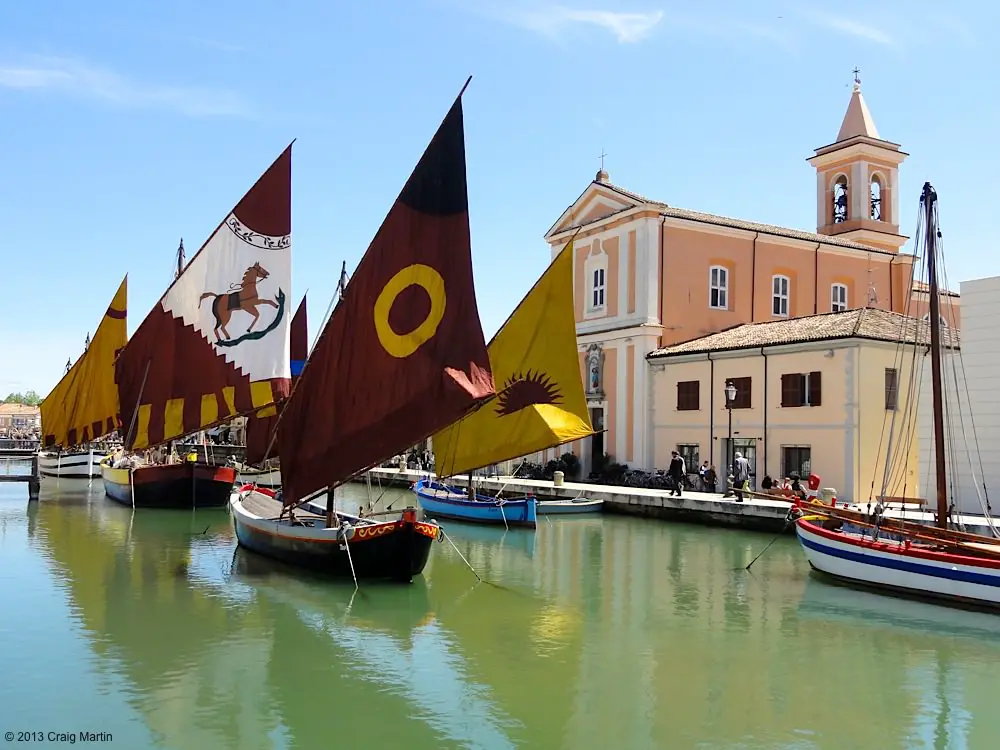“Home, Sweet Home” in one weekend or less.
Although living in a vehicle is fantastic, most aren’t equipped for living in. If you are willing to put a little bit of time and money into making your car or van a nice place to live while traveling then it’s surprisingly easy to do.
Of course, you don’t need to make any modifications to live in your car. I’ve lived in three vehicles, and I made no changes at all to the first one. It was a compact car that I only lived in for a couple of days a week and I slept in the front, with the driver’s seat reclined back, or “stretched out” in the back seat.
However, with my other vehicles, I decided a bit of modification was in order. I did my construction over one weekend (and it could have been a single day if I hadn’t kept getting distracted). It wasn’t expensive – I spent about $200 total outfitting my car for living in and that included the cost of getting the rear windows tinted.
If you’re inclined to spend more time or money there’s always more you can do, but if you want it done in a weekend, here’s what I suggest you need:
- Tinted windows. This may be an expensive outlay, but it’s the most important thing to do if you’re planning urban (or stealth) camping — sleeping in city streets and in parking lots as opposed to campgrounds. It’s the number-one thing you can do to ensure your privacy. I’ve sat in the back of my car and watched people two feet away admiring their reflections in my windows and fixing their hair. Get them tinted as dark as you legally can. (In the US this depends on the state your car is registered in.) The cost will depend on the darkness of the tint and the size and number of your windows. With a local coupon, it cost me $80 for the back windows of my Prius.
- Curtains for the back windows. Yes, the windows are tinted, but curtains will give you an extra measure of privacy. Even dark-tinted windows can be seen through if the light hits them right, and curtains keep that annoying light from shining right in your eyes as you’re trying to sleep. They close out the rest of the world while you’re in the back. Just because you know they can’t see in doesn’t make it annoying to have people walking by all the time. So, if you’re making curtains should you still bother with getting the windows tinted? Again, this is a matter of stealth. Without tinting, people can see that you have curtains in your windows. Velcro with the sticky back is a useful way to attach the curtains if you don’t feel like building some sort of a curtain rod. It should cost you about $15.
- A curtain separating the front and back. Like the tinted windows this will give you more privacy. Instead of using one of those fold-up sunscreens for the windshield, take the time to make a curtain rod that runs right behind the front seats. In my van, I had a dowel that fit into two holes in the ‘wall’ of the car. In my current car, I have a curtain rod that’s flattened on the ends to fit into two cracks on the ‘walls’. For this curtain, nothing but black will do. Any other color draws attention to the fact that there’s a curtain there, but if you have a black curtain people won’t even notice they can’t see into the back. Will probably cost about $15.
- A comfy bed. (Warning: This will take powertools. Or at least a friend who has them). It may seem strange that I list the bed third, but if you’re planning on doing urban camping privacy comes first. Step one: Take out all the seats. Step two: Stare at the space you have to work with until you’ve figured out the best place for the bed. No article is going to be able to tell you the best way to do this. I’ve outlined (with pictures!) the building process I went through in both my van and my car on my website. I spent $30 on a piece of plywood and $35 for a piece of three-inch foam for the mattress. The other construction pieces came from my dad’s garage. Total cost, about $90.
For the initial investment of a weekend and $200 I’m able to stay almost anywhere I want (see my previous article on where to park). I’ve cut out the cost of accommodation almost completely – I’ve spent much less than $200 total on campsites and hostels in the last year. This allows me to travel further, see more, and worry less about money while I’m doing it.
(Note: prices in this article are in US dollars.)

